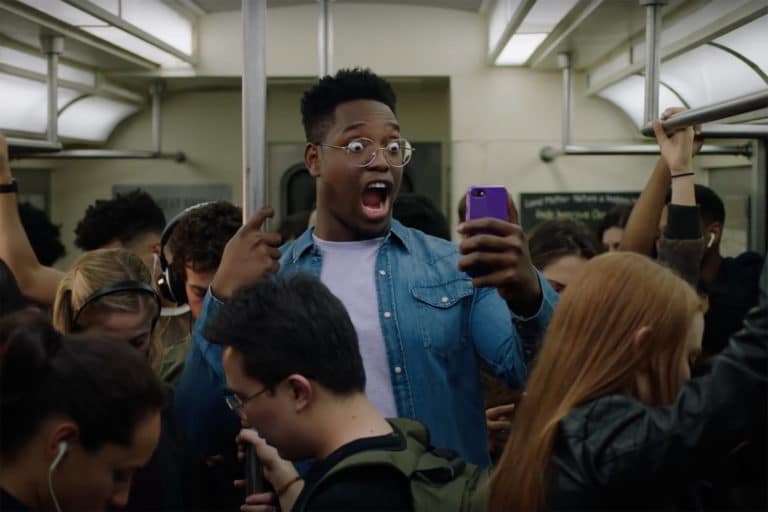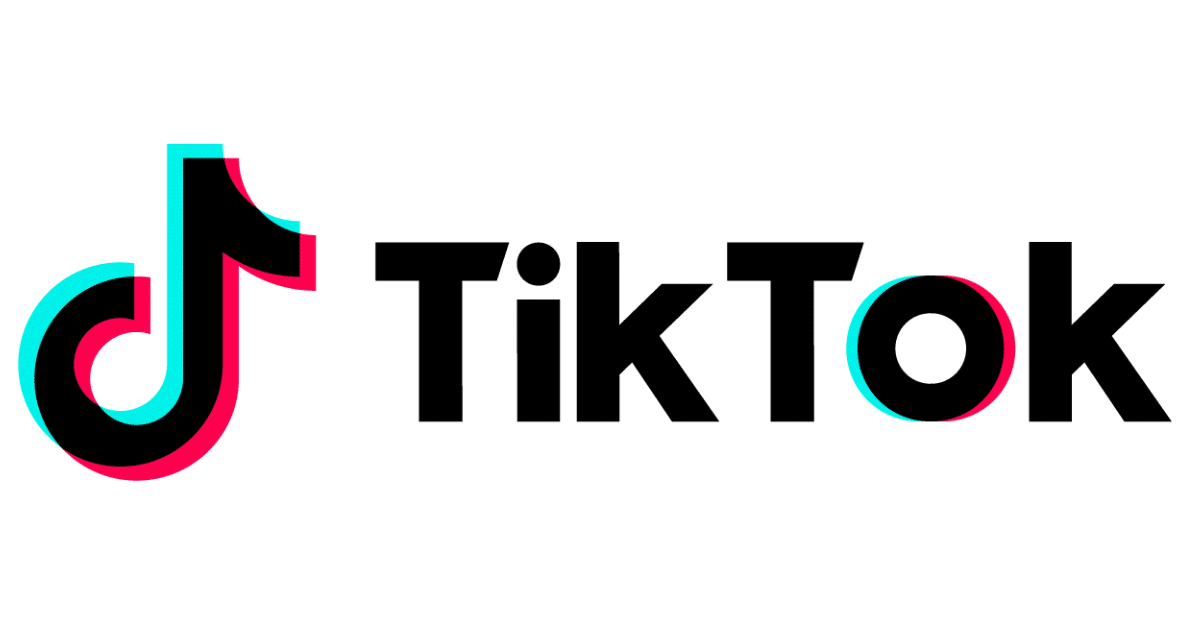
AR Insider Interviews is an ongoing series that profiles the biggest innovators in XR. Narratives are based on interviews with subjects but opinions and analysis are that of AR Insider. See the rest of the series here.
Among the areas where an AR killer app could emerge, social engagement is a top contender. You could argue the closest thing we’ve had to a killer app — in user engagement and revenue — is socially-propelled AR lenses. AR can also benefit from social’s inherent network effect.
We’ve spent lots of time writing about some of these dynamics, revenue projections and the players leading the charge. The latter include Snap and Facebook as well as smaller/nimbler and AR-first innovators like Ubiquity6. But what about the rest of the competitive landscape?
There’s lots of notable innovation happening among startups that are focusing on various flavors of social AR. These include companies building technologies that will power social AR, as well as those aiming for full-blown social graphs. And some are positioning themselves for both.
Because the field of players is too extensive to cover adequately in one article, we’ll take a look at three exemplars: Snaappy, Aura and Meo. The profiles below are based on recent conversations with these companies, plus our own layer of analysis. We’ll be back soon with additional profiles.
Snaappy
One mark of early-early stage sectors is lots of experimenting to feel out product strategies. That’s where we are with AR in terms of feature sets, user interfaces and revenue models. What’s resonating with users? And where will revenue come from? These are open questions.
But there are lots of clues developing. Early AR leaders like Snapchat (AR Lenses) and Pokemon Go (gamified geo-relevant AR) are essentially large-scale experiments in AR engagement and revenue. Smaller players are also coming up with valuable findings.
One of those players is Tel Aviv-based Snaappy. CEO Gal Shvebish got us thinking a while ago about the importance of AR’s novelty combined with frequent activities like social messaging. Having both is important for a “wow factor,” that sustains beyond the first use.
The latest is a new set of features that will launch this week. And they come with a fresh batch of learnings from large-scale product testing. “There aren’t a lot of companies out there that have as much experience as we do in social AR,” Snaappy CEO Gal Shvebish told us.

Social Discovery
Before diving into those findings, what is Snaappy? For those unfamiliar, it lets users overlay a set of animated characters into real-world scenes. That’s done in the context of social messaging (like Snapchat Lenses but different), location-based discovery and other functions.
The latest updates include a new AR video editor. It will let users add text, stickers and gifs to any scene, edit in real time, record and share to a public feed. This takes signals from the newest craze, TikTok, and taps into demand for AR-enhanced video creation and sharing.
The updates also bring Snaappy from messaging to social discovery. For example, a public feed will appeal to those who want to create and share media with a larger audience (one-to-many). It also adds a discovery component for those who want to browse AR content.
“In general, our company is starting a big transition from serving as an AR communication tool — or AR messenger if you would like — for selected amounts of friends, to an AR social network where users can also share and discover public content,” Shvebish told us.

Lessons From the Field
The new features are inspired by a combination of AR products including Google Playground, Snapchat and, as mentioned, TikTok. It cherry-picks aspects of each, which Shvebish believes represent the magic formula of social AR. That includes examining what they’ve done wrong.
For example, when studying the phenomenon of TikTok (500 million users), Shvebish learned that the average 15-second video is edited for two hours on average. Snaappy’s new features are meant to tap into the same demand but with a more streamlined and speedy editing tool.
Another key finding was that most social feed users view content, while a smaller share actually create content. So to maximize compatibility and network effect, that larger camp of viewers don’t need AR compatible phones. They just need to see video… a ubiquitous format.
“When we created AR messages, both the sender and receiver needed an AR-enabled device,” said Shvebish. “But content creators are less than 5 percent of the community. The rest are just viewing it. So we thought, let’s make it video. Video is super popular right now.”

Specs Versus Scale
Another key finding: At this early stage of spatial computing, scale is more important than specs — a concept we’ve examined: For example, Oculus decided to strip down capability in the Oculus Go to achieve greater scale — in its case through lower-price “good-enough” VR.
Google’s ARCore did similar: moving from the high end — though cost prohibitive — Tango, it opted instead for a lighter-weight product that could be deployed on hundreds of millions of smartphones. Snaappy’s version of this lesson lies in the granularity of its AR animations.
In other words, its previous approach involved a set of characters that were perfected in terms of interactions and animation quality. They’re similar in this respect to Google Playground: though impressive in animation, they’re limited in utility as we’ve argued and as data validate.
“If you are building a content creation tool based on AR, and you are forcing your audience to create content that will match the characters you designed, chances are that users will not know what to do with it,” said Shvebish. “Even if it is super attractive like Google Playground.”
Shvebish believes instead that lower-quality animations produced or aggregated at scale create higher-quality experiences. That’s because volume and variety enable more combinations of AR experiences that users can customize for self-expression, which is really the important part.

Big Vision
Snaappy plans to scale up this capacity for self-expression by aggregating AR animations from several sources. It’s working with Sketchfab for 3D objects, Bing Image Search for 2D images, gifs from Giphy, and hundreds of additional AR stickers that it will create in-house.
The scale this is hoped to achieve is a key step in Snaappy’s vision for a social graph. Though it believes its technology could be licensed out, it’s more interested in keeping its eye on the prize of a consumer-facing AR brand — a battle that’s won on sustained user engagement.
As for how it will make money, Shvebish is big on in-app-purchases through games that Snappy’s social interactions drive. This builds on existing Snaappy-themed mini-games. Brand advertisers are also hungry to create AR product engagement, as Snapchat has shown.
Meanwhile, Shvebish knows that the path to this vision requires more capacity for scale. Highly polished animations are important, but not if they’re limited in utility and range, and if they lose appeal after the first use. The ideal combo is quality and quantity, but the latter will come first.
“Instead of having 20 or 30 amazing experiences, I’d rather have 50 million experiences in AR, and I do understand that it will mean compromises,” said Shvebish. “We are now willing to comprise quality for quantity in order to be the go-to tool for real content creation.”

Aura
Contrasted somewhat to Snaappy is a social AR innovator known as Aura. Like Snaappy, it’s building a consumer-facing social graph (more on that in a bit). But unlike Snaappy, it also wants to position its core technology as a key enabler – licensed to other companies – for Social AR.
What is that technology? Aura has a face scanning tool known as Aura Avatar Creator. Using only a mobile device (currently Sony Xperia), 3D scans can be taken of a user’s head, which can then be edited and personalized further, then imported into social AR and VR experiences.
“Facial scanning itself is a key part of the way we are trying to deliver realistic avatars, but it’s just one part of the puzzle,” Aura Advisor Oscar Clark told AR Insider. “AURA is a platform which provides a persistent, authentic identity across applications, which they can then personalize.”
![]()
Personal Space
This goes beyond avatars. Clark explains the vision of virtual hubs for specific uses (think:
shopping, social). This lets users have a consistent personalized space across apps: “We want users to move together and communicate across apps to create a sense of persistence,” he said.
The scanning approach is meanwhile a potential shift in how avatar-based social media happens in AR and VR: to use your real face. This is similar to MEO (see below), but it contrasts the go-to approach from players like Oculus, whose avatars don’t match users’ real faces.
One of the challenges in getting more personalized avatars is cost. But Aura’s brings the technology to smartphones for more accessible avatar personalization. Its value will be fully realized when brought to market as a licensed technology, but it’s already being validated.
![]()
Long-term Bets
Beyond the strategy for a licensed asset – a prudent approach for potentially-scalable and near-term revenue – Aura is also making big long-term bets. The latter involves a large-scale immersive social network it has built, known as Atom Universe. It’s available to PC and PlayStation users.
“AURA users can create authentic and realistic avatars to express themselves across games and apps,” said Clark. “Atom Universe is just one example of how developers might use such a platform to create virtual social experiences where you can chat, share, broadcast and play.”
So Atom Universe will be both validation of the Aura Avatar Creator, and a potential business in its own right. Beyond validating its tech, Aura’s progress will be important to watch as a signal for the types of avatar representation that resonate with social XR users, and win as the go-to approach.
“We believe that the advances in games can be brought to other applications; and much better
replicate the experience of being together in person, while online,” said Clark.

Meo
One of the most used and successfully-monetized forms of AR is lenses and camera effects. And the most prevalent subset of that is augmenting selfies with various accouterments. But that’s just the beginning of a long evolution in avatar-based social interaction in AR.
In fact, AR’s promise to augment the physical world could find the biggest home in the front-facing camera modality of augmenting ourselves. And the art of doing that has many nuances to infuse the fun and escapism of graphical augmentation while preserving our core personalities.
Meo CEO Misha Leybovich has a deceptively simple take on this delicate balance: to use your real face — the ultimate embodiment of personality. There’s room for modifications, he told AR Insider, but the most unique traits of personality are expressed through nuances in our faces.
“There are sections of our brains dedicated to understanding human faces,” he recently said at the Zero One Tech Festival. “There are micro expressions we all automatically make and interpret without thinking about it. When we see each other visually, we can better see our humanity.”
Flipping the Script
Meo’s app Selfie Sticker is a starting point for this vision. Think of it as a flipped version of selfie lenses: Instead of animations melded to (and obscuring) faces, faces are melded to situational animations. But the larger vision is to power identity for any avatar-based XR.
“Our company’s commercial goals are to use our mobile app to drive awareness of our technology,” he said of the company’s road map, “to help others incorporate our tech into their products and then effectively be the visual identity layer for AR, VR and 3D computing.”
That includes gaming, social and other top categories of XR’s projected future. And it could be big business, considering proven demand for augmenting one’s identity. Selfie lenses are one thing; the massive revenue machine that is Fortnight — through avatar personalization — is another.
“This is just the beginning of avatar customization,” said Leybovich with an eye to Fortnite. “It’s literally already a multi-billion dollar industry from just one company’s efforts. Think about how big this gets as it scales, and now you know why we care for both social and financial reasons.”

Identity Layer
As for how Meo will build that identity, it will be an advanced version of how it currently captures your face in its flagship app. This currently involves a selfie video that’s imposed live on situational animations, which are recorded together to then be available to overlay on the real world.
“We plan to use, with the user’s permission, millions of video frames as they use our [mobile] technology,” he said. “[It] requires that large of a training set for each individual, and only an initially video-based approach can realistically acquire enough data to build that model.”
Once that model is built, it can be customized by users while maintaining the core face-based personality. Users can then take that identity model with them across XR experiences. One outcome could be personal identity in VR experiences (think: Ready Player One).
“Establishing a real avatar is just the beginning,” said Leybovich. “It’s an important baseline because it enables preservation of your real emotions and expressions. Maybe you want to change how you look and that’s totally fine, but the smile should still be your smile.”

AR as a Service
As referenced above, MEO’s user-facing app is partly a means to an end. Leybovich stresses that his team is backing the app with all its effort and support. But its long-run purpose is more to expose the underlying tech that will unlock MEO’s grander vision of an XR identity layer.
“The consumer app is our way to introduce the technology to the world.” He said. “Developers will need something to sit between the camera and depth sensor and the end product — something to turn those signals into a person, and that’s where we want to sit.”
This positions MEO as a building-block technology – a breakout category in our 2019 predictions. More specifically, it falls under AR as a Service (ARaaS), akin to Niantic’s real-world platform. In fact, it’s taken the same path by spinning out a platform that first powered its own app.
“The goal was to build this technology for our own products,” said Leybovich..”But then we realized this is really hard and a lot of other people are going to need this too. And we realized that it’s a more stable business to provide the picks and shovels.”
For deeper XR data and intelligence, join ARtillry PRO and subscribe to the free AR Insider Weekly newsletter.
Disclosure: AR Insider has no financial stake in the companies mentioned in this post, nor received payment for its production. Disclosure and ethics policy can be seen here.
Header Image Credit: Snap, Inc.
